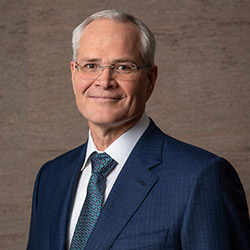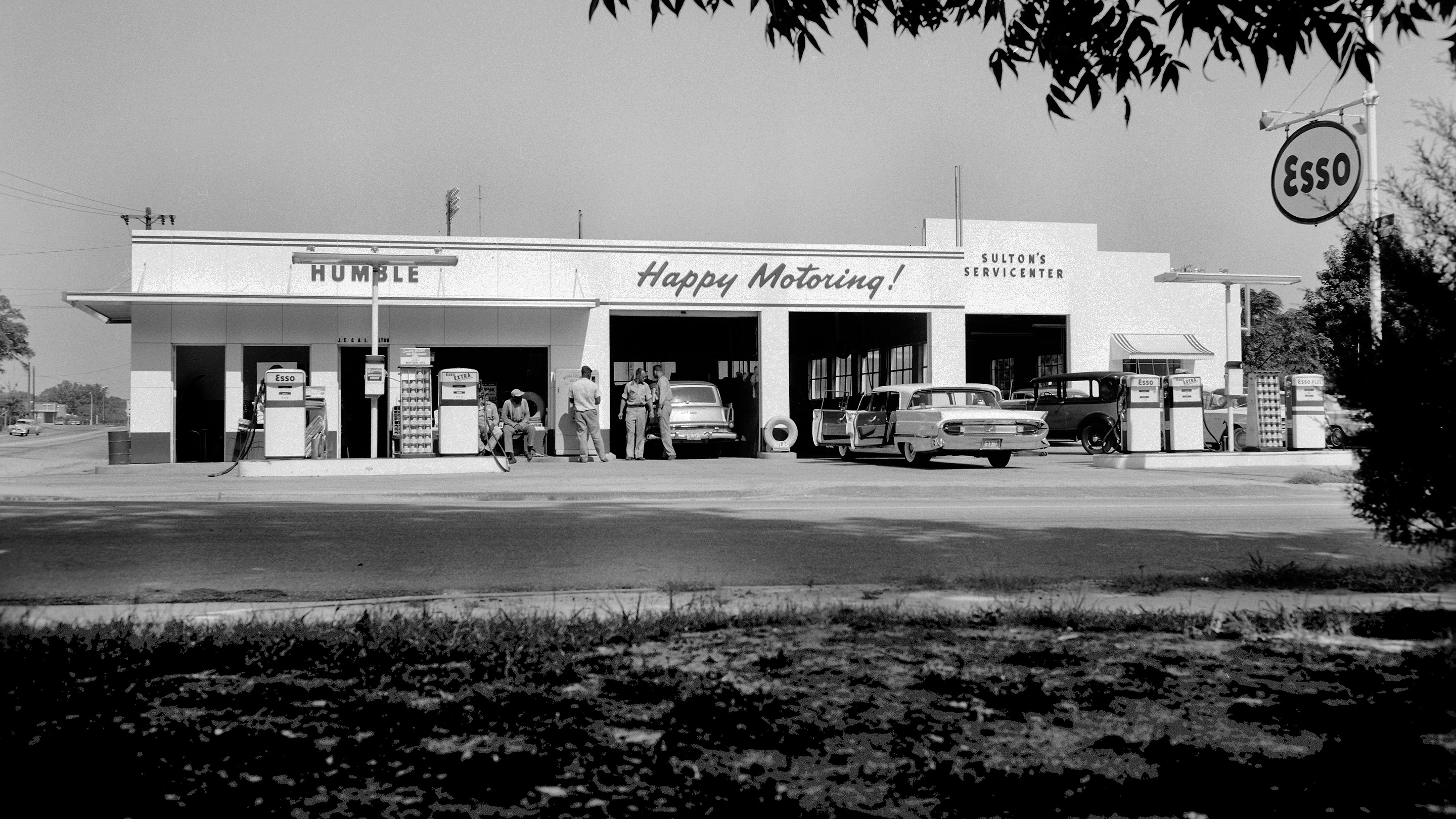selected item
ExxonMobil and The Green Book
The Green Book was created in 1936 by Harlem postman Victor Green and distributed nationwide until 1967. Ultimately becoming known as the “bible of Black travel”, it listed service stations, hotels, restaurants and other establishments where Black travelers would be welcomed.
We owe a tribute to the men and women who have bravely stood for civil rights throughout our nation’s history. Discrimination has no place in our society, and we hope the Green Book exhibition will be a source of learning and inspiration.

The Standard Oil Company of New Jersey, known today as ExxonMobil, was the only major retail distributor of the Green Book through its network of Esso stations, which welcomed Black travelers and also provided business opportunities for Black franchisees. More than a third of Esso dealers in the 1940s were Black and the company employed Black people in other roles such as chemists, pipeline workers, mariners and other professional positions.
The Smithsonian’s exhibition is currently expected to travel to 12 cities across the United States over a three-year period. The exhibition was curated by Candacy Taylor, one of the nation’s leading Green Book scholars, and it explores the challenges faced by Black motorists across the country and a parallel world of mostly Black businesses that provided support during their travels.
The “The Negro Motorist Green Book” launched its national tour October 3, 2020 at the National Civil Rights Museum, located at the former Lorraine Motel in Memphis. Please visit the Smithsonian’s exhibition website for more information and periodic updates. Learn more about The Green Book by viewing the Smithsonian Channel’s Emmy-nominated documentary, “The Green Book: Guide to Freedom.”


